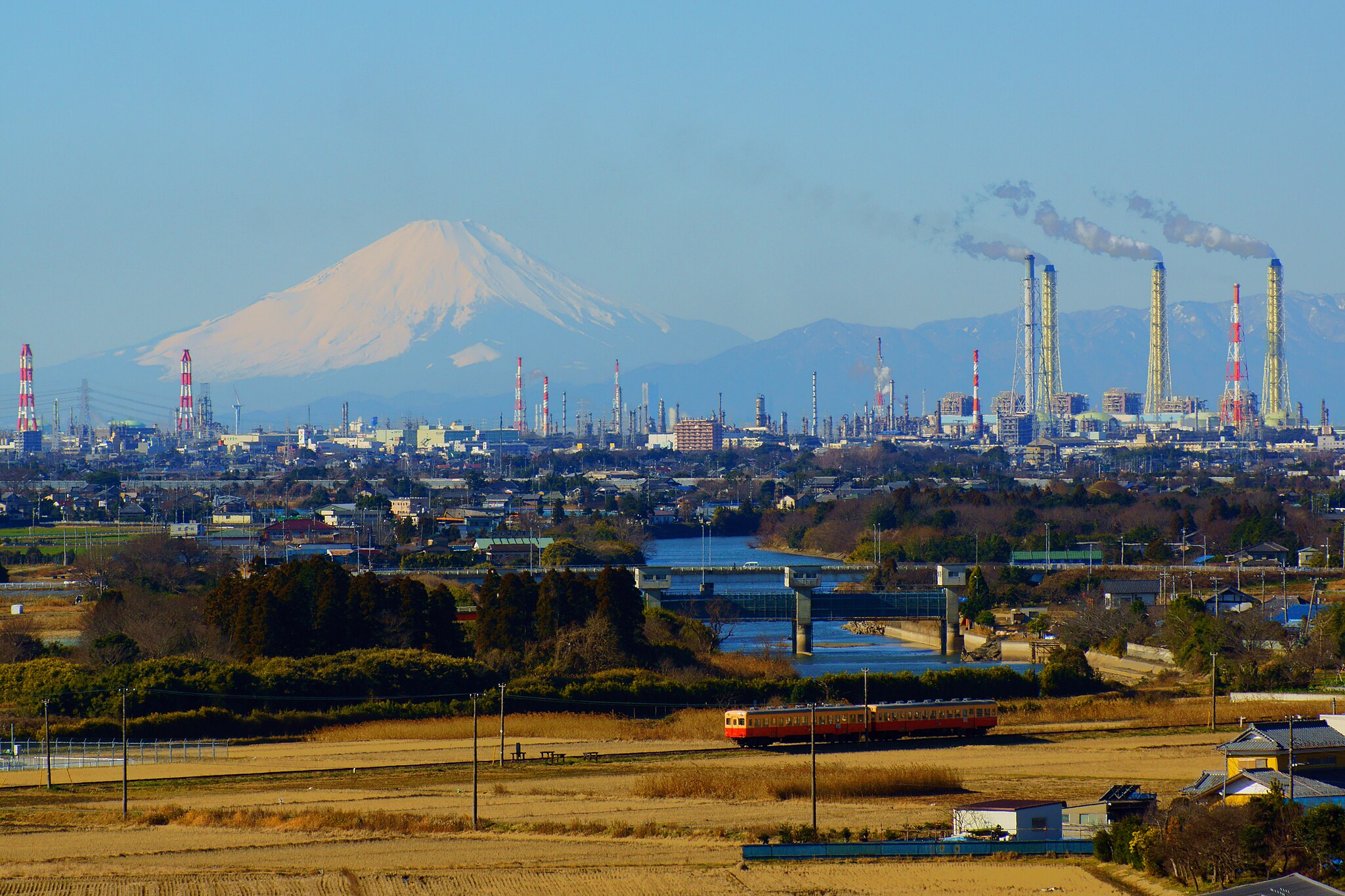The most diverse, unpredictable and even chaotic leadership race to determine a successor to outgoing Prime Minister Kishida will culminate in a vote on Sept 27. For all the drama and rhetoric, however, energy policy is one of the few issues on which almost all the candidates converge.
Of the nine candidates vying to become the head of the ruling LDP, and thus automatically the prime minister, all but one support nuclear energy in some form, and all but one seem keen to promote renewable energy. In prior years, the two stances were often set apart and politicians would align with one or the other. Japan’s current situation seems to have blunted the ideological dichotomy. Instead, there is growing emphasis on the need for both to coexist.
This lean into pragmatism on the energy front follows two key realizations among the public and lawmakers. One is that electricity prices in Japan’s post-2016 liberalized market can go up, as well as down, and even rise rapidly – due to wars, transport and climate issues, and a weaker domestic currency. The other is that the government’s digital push and tech revival, coupled with a global AI boom, will have unintended consequences: namely, the need for much more energy.
Japan’s energy policy is at a critical juncture as the government is revising the Basic Energy Plan this fiscal year. Before stepping down, Kishida has redoubled the effort to restart TEPCO’s Kashiwazaki-Kariwa Nuclear Power Plant after years of issues. Whether the new premier will support the replacement of aging reactors with new ones is unclear, but policy battle lines are no longer starkly drawn. There is a greater urgency to utilize all possible options.
Under the circumstances, several of the LDP candidates have noticeably revised their prior stance on energy planning. Japan NRG takes a closer look at where each stands.

